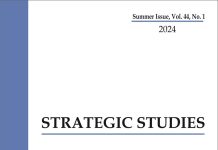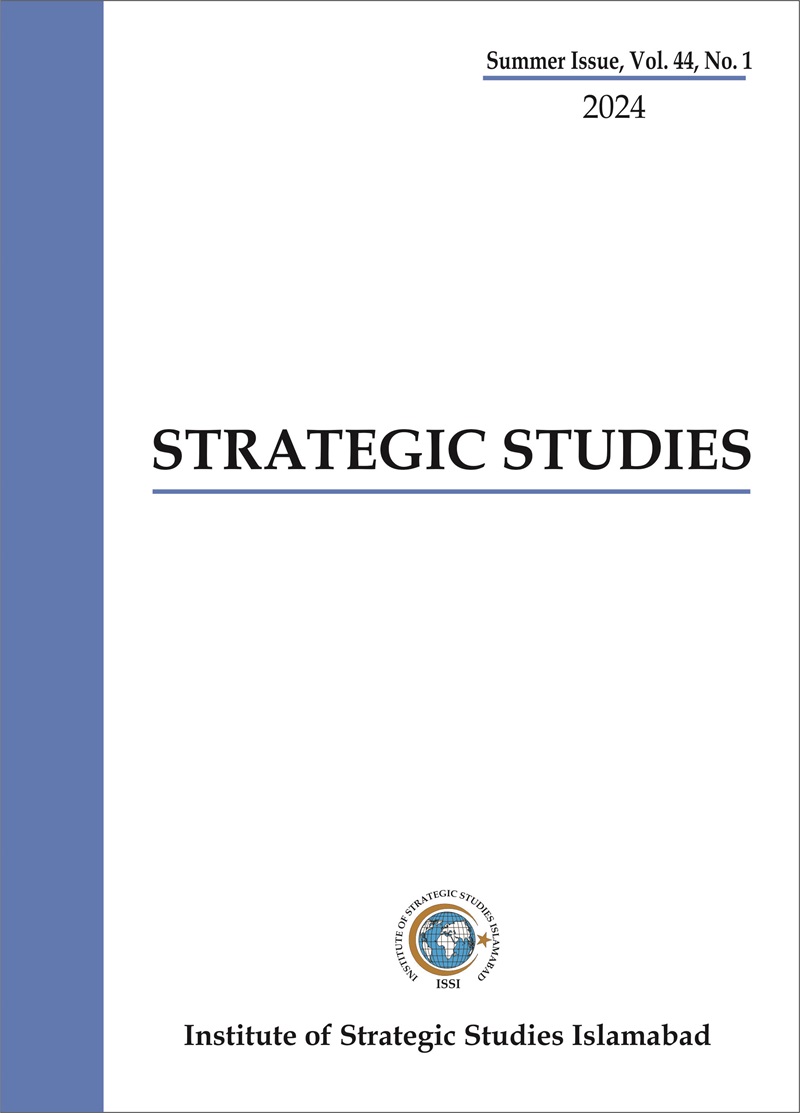The ancient Silk Road is attracting renewed attention. In 2013, Chinese President Xi Jinping unveiled his action plan to speedily develop Asian economies by developing sea and land routes of the ancient Silk Road by implementing his ‘One Belt One Road’ (OBOR) initiative. The Asian Infrastructure Investment Bank (AIIB) and the Silk Road Fund were created in 2014 by China. Understanding the great significance of the revival of the Silk Road, many Asian and European countries have become AIIB’s members. Negotiations are underway with a number of countries to implement the Silk Road initiatives. This grand plan, it is hoped, would bring enormous prosperity to China’s western region and many poverty-stricken Asian lands and peoples – which is the primary goal of the revival of the Silk Road.
The idea of the revival of the ancient Silk Road connecting China with a large number of Asian countries onward to Africa and Europe has attracted the attention not only of businessmen but of writers too. The Silk Road: Central Asia, Afghanistan, and Iran. A Travel Companion, written by Jonathan Tucker, is a good addition on this subject. The work is his travelogue, refreshing readers memories about the historical past of the Silk Road and providing new insights. The writer is a British artist making sculptures with a deep interest in the ancient history of Asia. With his long travels along the Silk Road, he narrates a fascinating account of his experiences and observations. Many of his observations of historical records are eye-openers. He also links historical past with the present day situation in Afghanistan, Iraq, and Syria, making critical judgments as he goes along.












